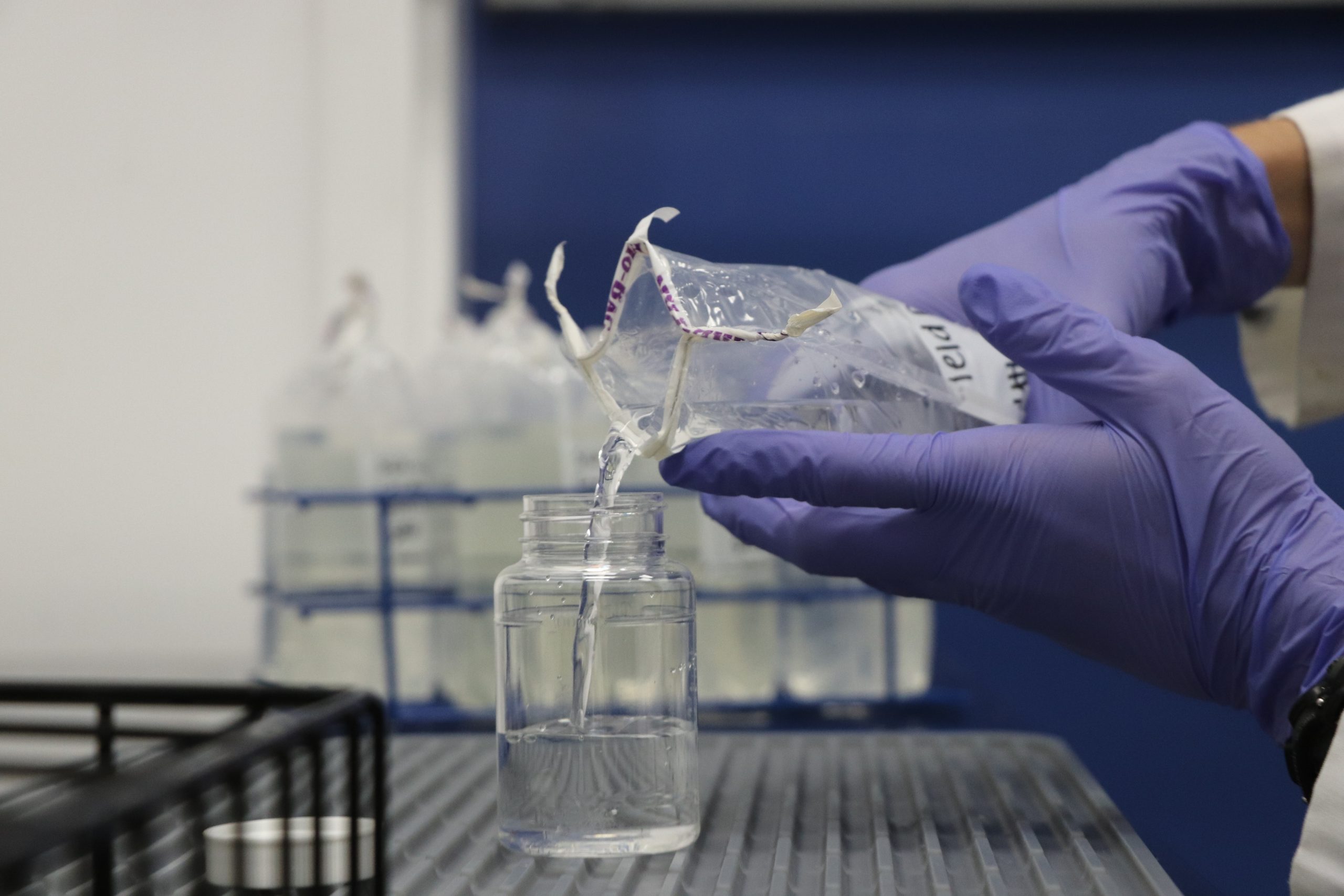A few weeks ago we scooped the last samples of the 2019 Swim Guide Season.
This marks five successful years of sampling, analyzing & sharing data on some of the most popular swimming holes along the Coosa River. This season Sarah, Mikyla & Eyanna hit the road to sample 28 sites from Attalla to Wetumpka from the first week of May until Labor Day weekend.



Throughout the summer, with the help of our amazing interns and the support of the community, we were able to analyze 489 water quality samples and alert the public of 52 instances where the bacteria levels were higher than Alabama’s Recommended Bacteria Standards.


A SPLASH DOWN MEMORY LANE…
Since 2015, we have collected 1,693 Swim Guide samples and have issued 186 total alerts. On average, about 10% of the samples we collect do not meet Alabama’s Water Quality Standards for recreation (or if you look at it in a creek half full sort of way- 90% of all samples are safe for splashin’)!

THE 10%
Since we are testing the water on five different lakes and the creeks & streams that feed them, it’s important that we do not get too caught up in averages. This year Big Canoe Creek, Little Canoe Creek & Big Wills Creek held consistent alerts throughout the summer, collectively being responsible for 80% of the total alerts issued for the entire season.
The culprits
All three of these creeks, share something in common- they are vital resources to the farmers that make their living in the Coosa Valley.
On a hot summer day, cattle will make their way into the creeks to cool off, and do their business there too. In just one day a single cow can produce 72 billion fecal coliform bacteria, which can contaminate 180,000,000 cups of water…


MOOO-VE THE COWS
Abundant, clean water is essential for farms, families and businesses to thrive. Little Canoe, Big Canoe & Big Wills Creeks are not the only streams that make their way through rural farmlands in Alabama- let alone the United States. This is an issue that is contaminating creeks across the country, putting families and livestock at risk. For right now, we are focusing on ways to educate farmers (and ourselves) on the resources and funding available through the Natural Resources Conservation Service and Farm Service Agency to keep cows out of the creek.
DATA. THE GIFT THAT KEEPS ON GIVING.
Whether you follow Swim Guide as a science nerd, a caring mother or a business owner, our Swim Guide data tells a story far past the end of summer. We use it to submit to the state, determine restoration projects & monitor pollution. Most importantly though, we believe that it is YOUR right to know what you are swimming in…

and that’s exactly why you can depend on us to pick it up again next year.



